Our lives are full of daily necessities we use to groom ourselves, dress, get around, and keep ourselves engaged, educated, and relaxed. But you probably don’t give much thought to these daily essentials which have surprisingly fascinating facts.
23 Facts About Daily Things Seen Around
1. Zippers

Another blunder in the history of things was the name of this simple object that keeps your pants up and your handbag zipped. The zipper was originally known as the Hookless Fastener, but people began calling them zippers because of the sound they produced.
2. Camera Phones
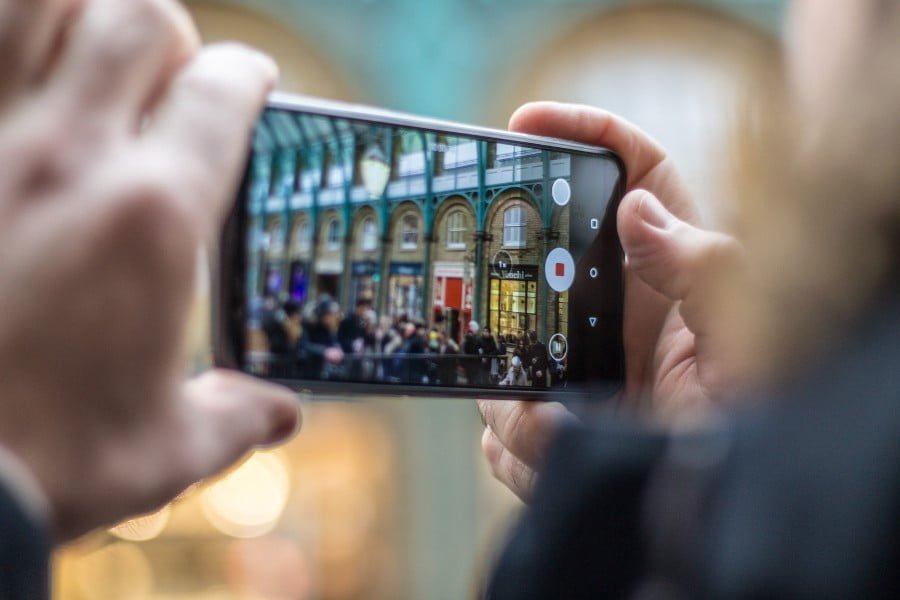
We don’t have to thank Bill Gates for this technological breakthrough. In reality, its beginnings may be traced back to the 1990s, when NASA developed the technology to provide astronauts with a low-energy, high-resolution method of photographing space from orbit.
3. Nail Polish

Consider this the next time you complain about the price of a mani-pedi at your local salon: thousands of years ago, ancient Babylonians—men, and warriors at that—had their nails done with solid gold tools. The Ancient Egyptians, on the other hand, employed nail paint to indicate their social standing.
4. Pillows
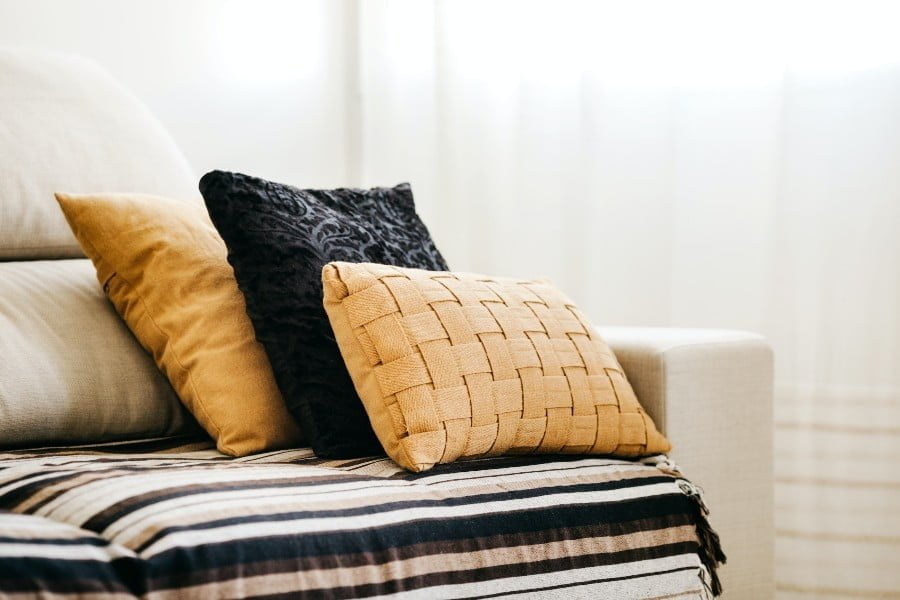
When it’s time to go to bed, most of us now pick a fluffy or firm linen rectangle stuffed with feathers or cotton to rest our heads on. Pillows, on the other hand, were tall pedestals made of wood, stone, or ceramic in many ancient societies. Comfort wasn’t their objective, keeping bugs out of your mouth was.
5. Liquid Soap
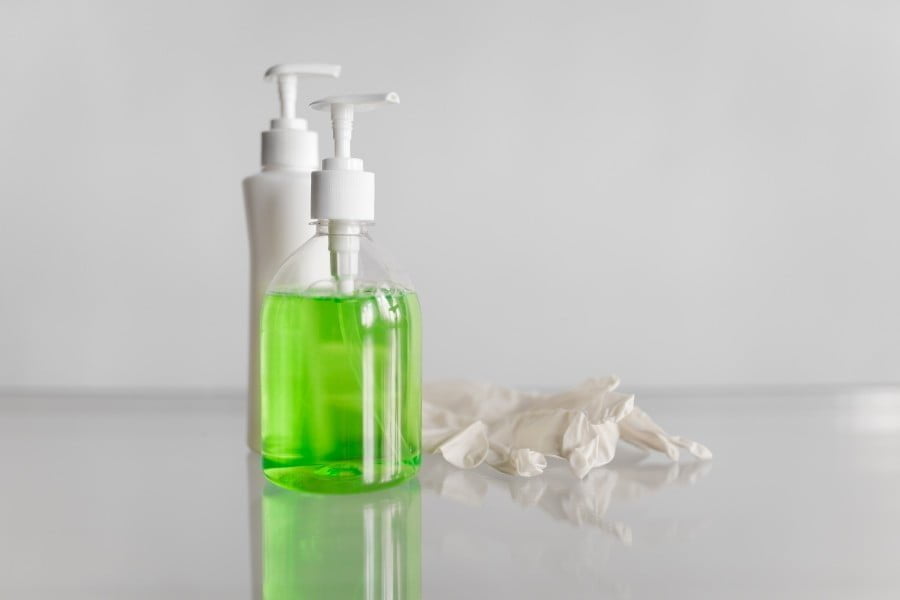
According to Soap History, while early liquid soaps like Palmolive named for the palm and olive oil it’s made of contained ingredients similar to bar soap, today’s liquid baths and body cleansers abandon the oil and use petroleum as their foundation. They also include a plethora of lathering and washing chemicals that are gentle on the skin.
6. Erasers
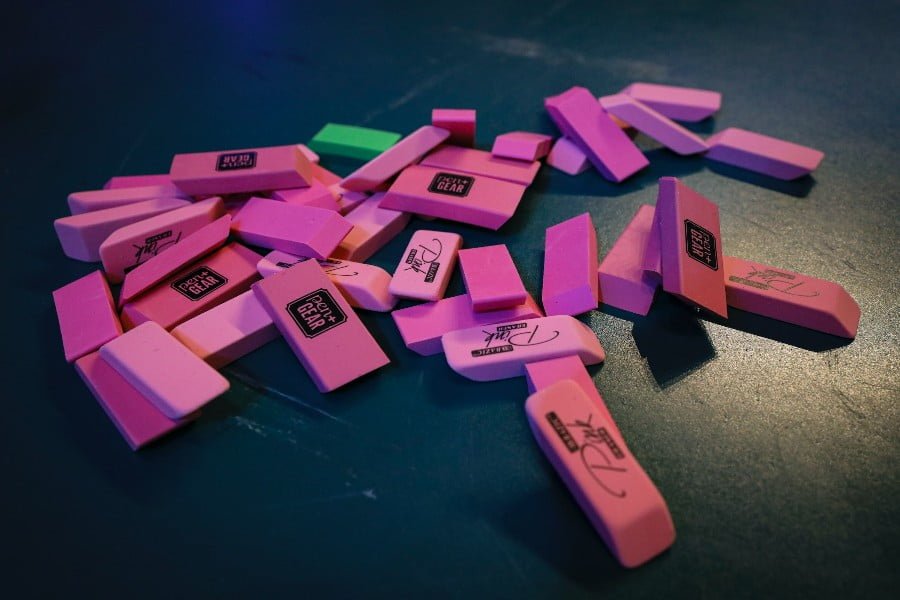
The eraser was invented entirely by chance when an 18th-century British engineer accidentally picked up a dab of the material and rubbed it across the surface of his paper. What did he believe he was using? A piece of bread, That’s right—for hundreds of years, erasing pencil markings with a crustless, wet ball of bread was the preferred approach.
7. Keys

Keys weren’t always pocket-sized. Yeah, the ones that opened the wooden locks of the Greek and Egyptian huge marble and bronze doors could be three feet long and so heavy that they were usually carried hung over the shoulder.
8. Playing Cards
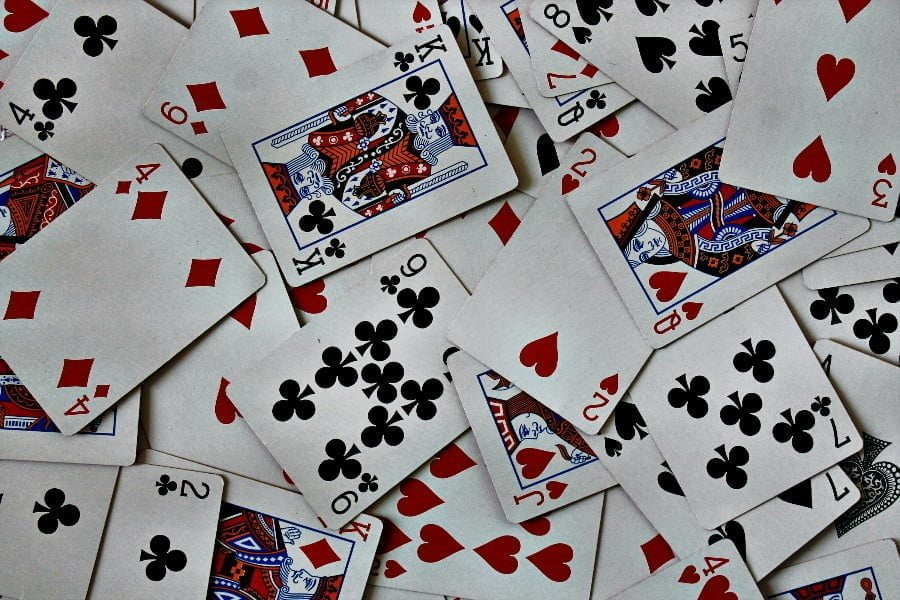
The first known playing cards were developed in the 9th century A.D. Card games grew popular in China as a mind-body exercise that was both peaceful and challenging, as well as social. People’s favourite pastime travelled the Silk Road via India and Persia before igniting a craze for the game in Europe.
9. Houseplants
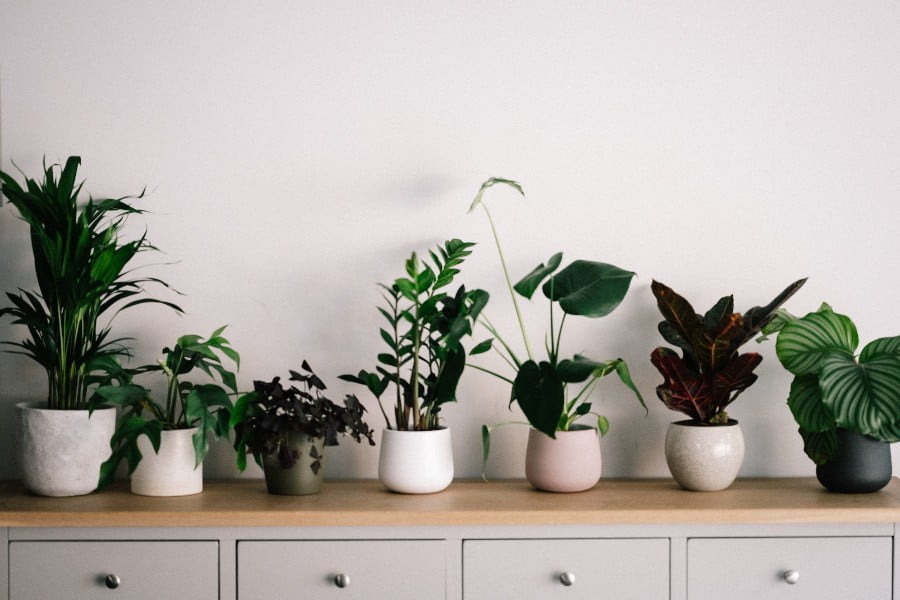
Growing greenery inside your home is not only pleasing to the eye; it is also beneficial to your physical and mental well-being. Because they frequently remind people of loved ones (when given as presents) and the beauty of nature, houseplants tend to make people more thoughtful and self-reflective.
10. Salt

Salt has played an important role in human history and exploration. Salt was so valuable that the ancient Romans used it as currency. In fact, that is where the English term “salary” comes from. It’s also where we got the English term “salad,” the Romans liked to season their greens with salt.
11. Dogs

It’s a myth that dogs can’t see colours, but the truth is they do in a lower spectrum than humans. They can see blue, yellows and violets but have a harder vision in differentiating reds, oranges, and greens. If you want to redecorate your dog house, stick to blue and purple colours.
12. Honey
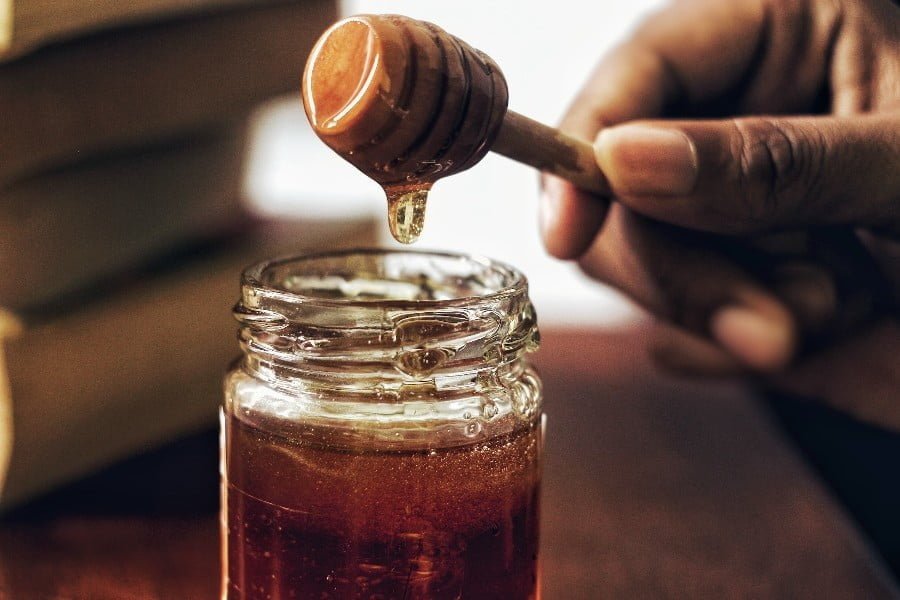
“Busy as a bee” is a phrase for a reason: bee colonies work tirelessly to convert nectar into honey to eat when the flowers aren’t in bloom. However, no one bee can accomplish it alone. In its lifespan, a single bee will only produce around one-twelfth of a teaspoon of honey.
13. Rulers
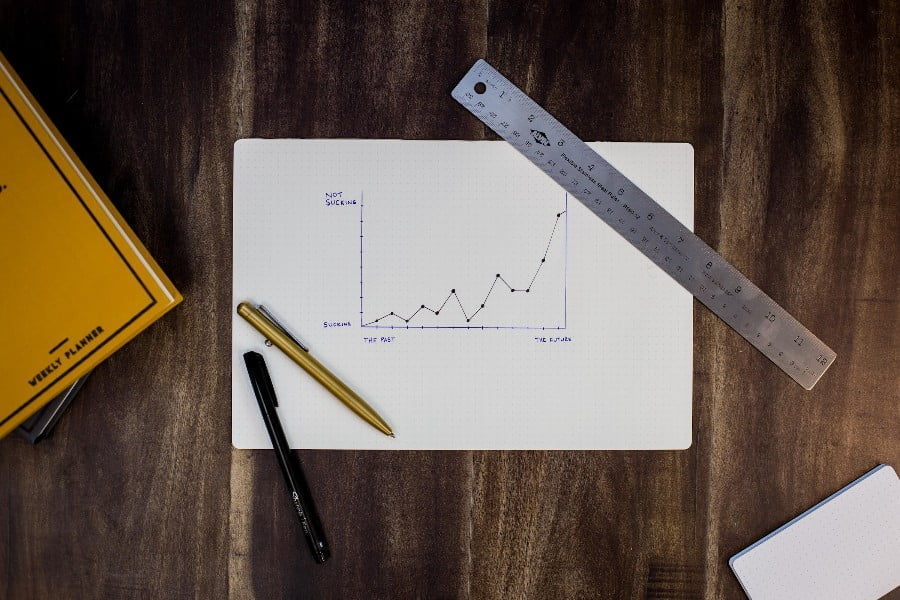
We take it for granted that we can grab a ruler and calculate how many inches an object is in an instant. People used to use parts of their body to calculate how long or broad something was—like a foot.
14. Toothbrush
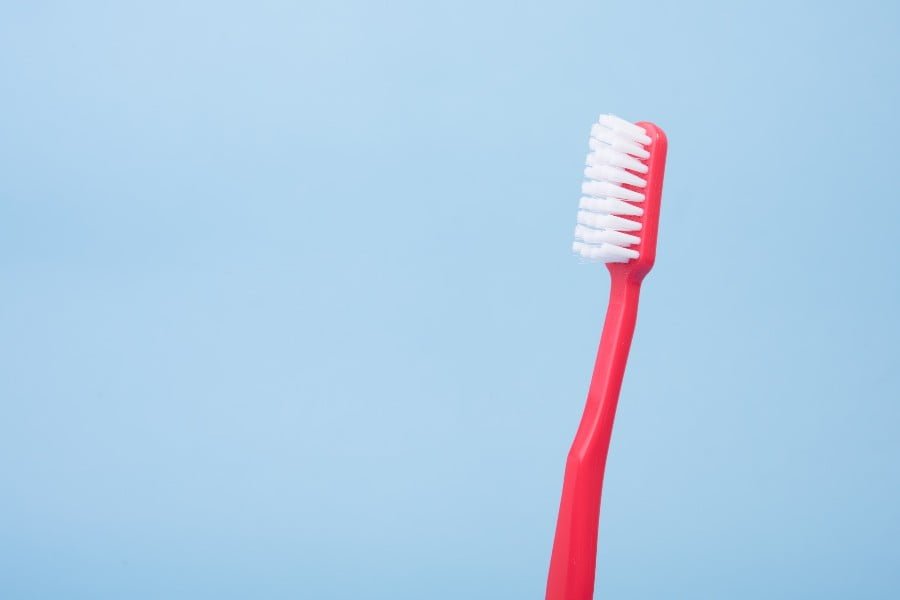
Prior to the invention of bristles for de-gunking our teeth, humans chewed on a variety of sticks, including neem, to keep their mouths minty-fresh. However, in the 1400s, someone in China had the wonderful idea of putting stiff boar bristles on a bamboo handle, and voilà, the modern toothbrush was born.
15. Chocolate

Laughter is said to be the best medicine, but I’d want to go back in time when physicians prescribed Nutella for every ailment. Cacao was not found by Europeans until the 1500s, but once discovered, it was used to treat fevers and anxiety. It works on at least one of them.
16. Heels
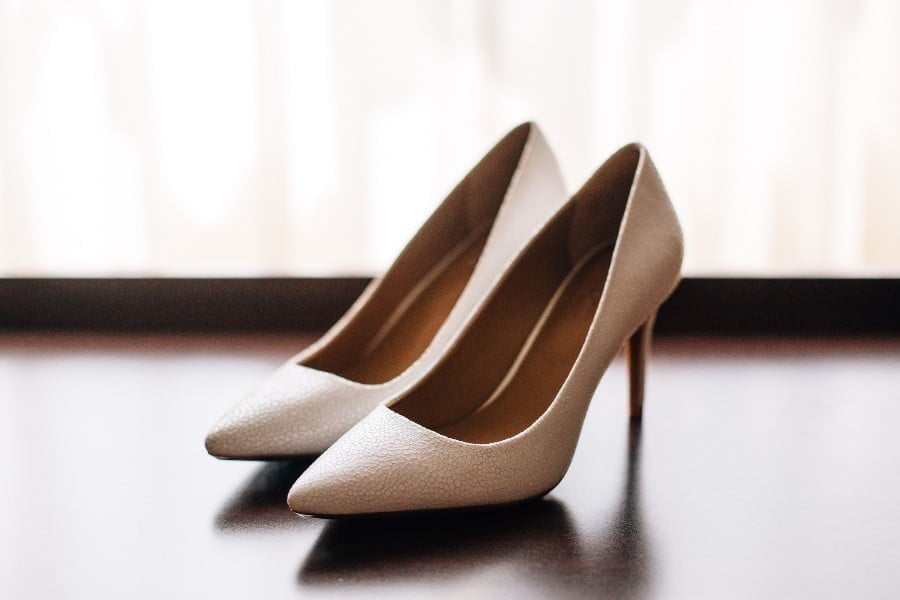
Some bright individuals in a horse-riding culture figured out that if your shoe had a little raised heel, your foot would remain more securely in the stirrups. The idea spread swiftly, and soon entire armies—of men—were riding into battle wearing pumps.
17. The F & J Letters of the Keyboard
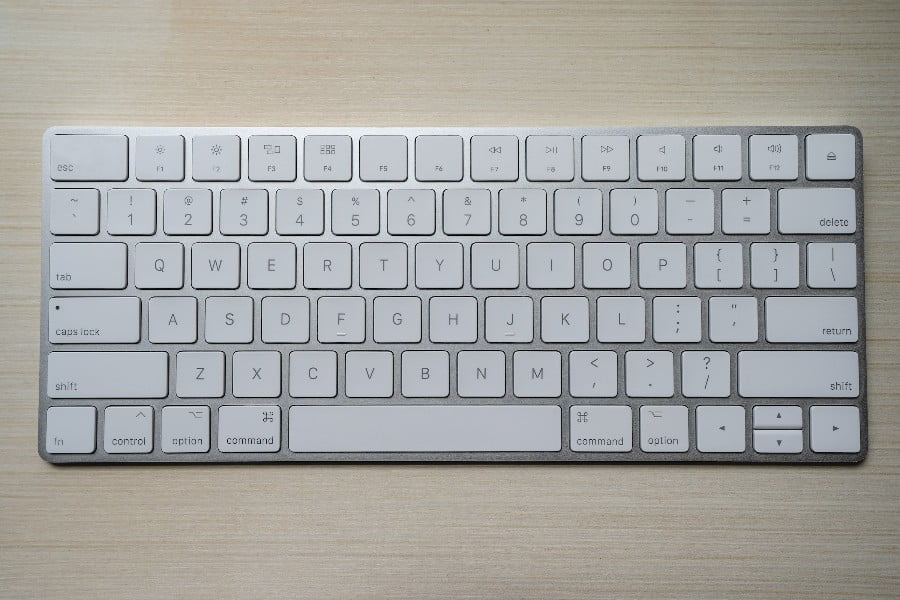
The ridges make it easier for users to recall where to place their index fingers when typing on “QWERTY” keyboards. Knowing where to position your index fingers will help you type quicker by providing a natural spot for your other fingers.
18. Bubble Wraps
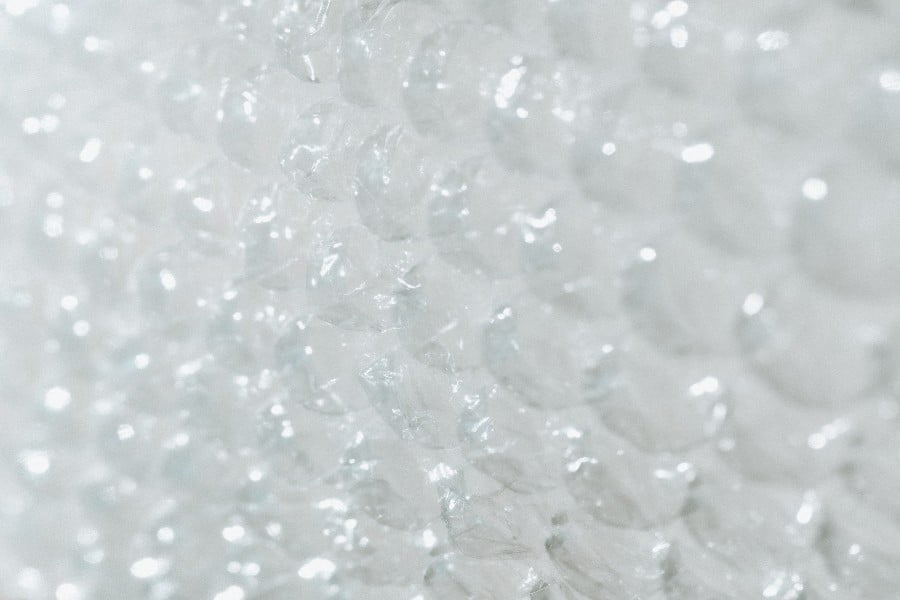
Al Fielding and Marc Chavannes first attempted to make textured wallpaper in 1957, and while they initially failed, it has proven to be great wall protection. Bubble Wrap can be used as a door stopper to avoid holes in the wall caused by the handle flying through.
19. Shoelace
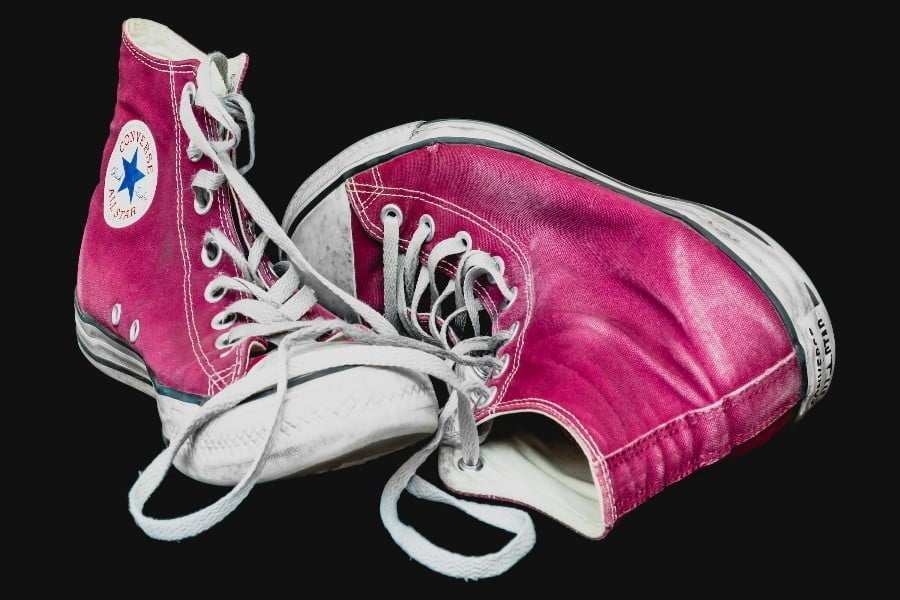
The plastic or metal points on both ends of your shoelaces are aglets, and they’re more important than you would think. Just try lacing your shoes without them. The term “aglet” is derived from the ancient French aiguillette, which means “needle.”
20. Forks
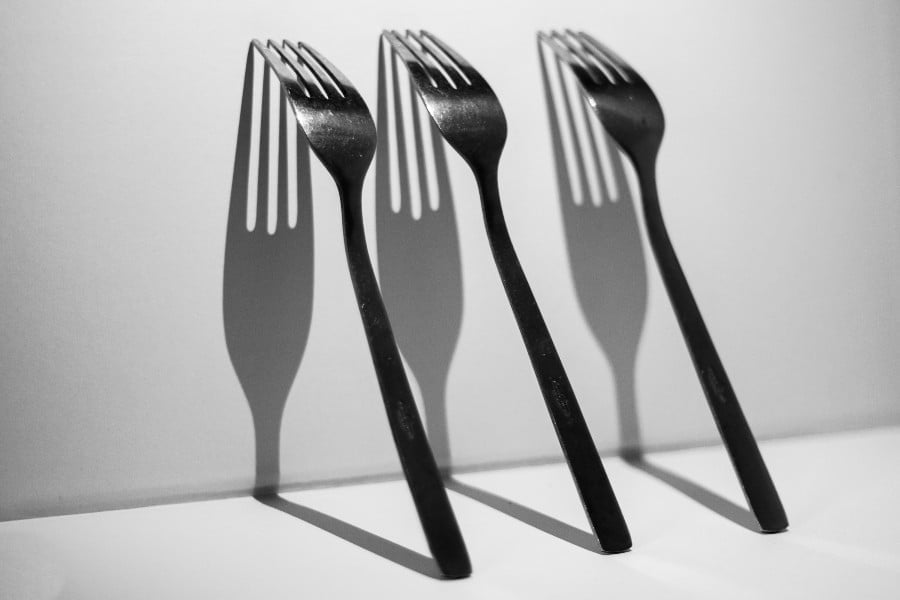
Forks were regarded as unhygienic and a tool that opposed God’s creation of your hands. Heathens, feed yourself! The Beast is the only one who can utilize the mini-pitchfork. If God intended for humans to use utensils, why didn’t he make them a part of our bodies?
21. Toaster
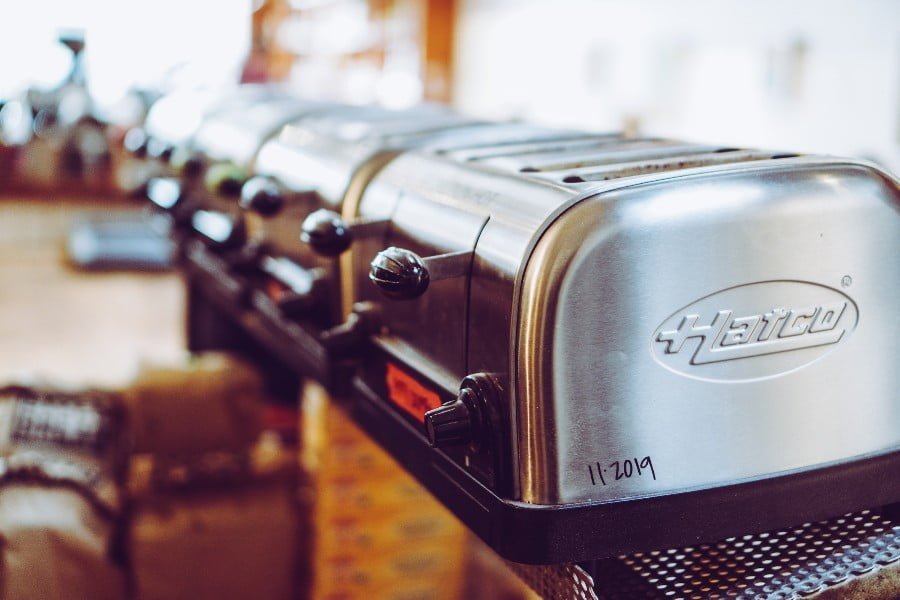
Americans love toast. In reality, it appears that 75 million people consume toast daily. But after being developed in 1905 under the name El Tosto, it took some time for this appliance to gain popularity. The cause? Before 1933, bread wasn’t pre-sliced. By the way, if you have a vintage toaster or any of these other classic appliances in your kitchen, they may be worth a pretty penny.
22. Pencils
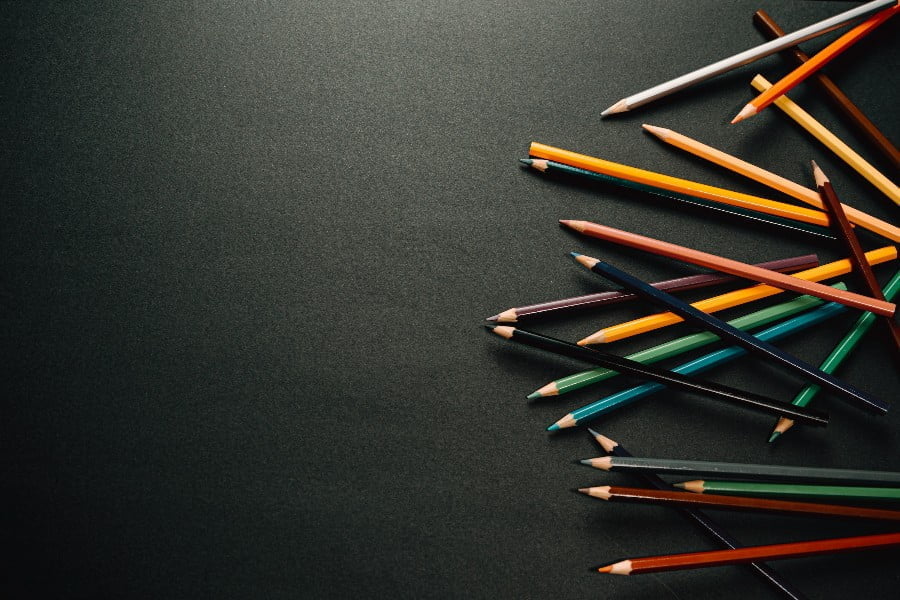
So, to whom do we owe our gratitude for this marvellous invention? According to Popular Mechanics, a cache of graphite was uncovered under a fallen tree in England in the 16th century, giving birth to the pencil, whose name derives from the Latin penicillium, meaning “fine brush.” It was sold on the street in slivers after being given the nickname “black lead,” and it was also wrapped in thread. Cannonballs were also crafted out of graphite. What was the most cherished aspect of those early pencils? No ink was spilt.
23. Cars

Nowadays, sustainability is a hot topic, and many people emphasize the need to reduce automobile emissions. Small cars like the three-wheeled Peel P50, which was previously recognised by the Guinness Book of World Records as the smallest automobile ever produced, demonstrate how engineers of the 1960s were already thinking small. It demonstrated the possibility of being extremely tiny at 54 inches and 130 pounds.
Everything we use now took years, even decades or centuries, to evolve into its contemporary forms. They were probably hailed as amazing future changes at the time of their discovery or development. and they did change.